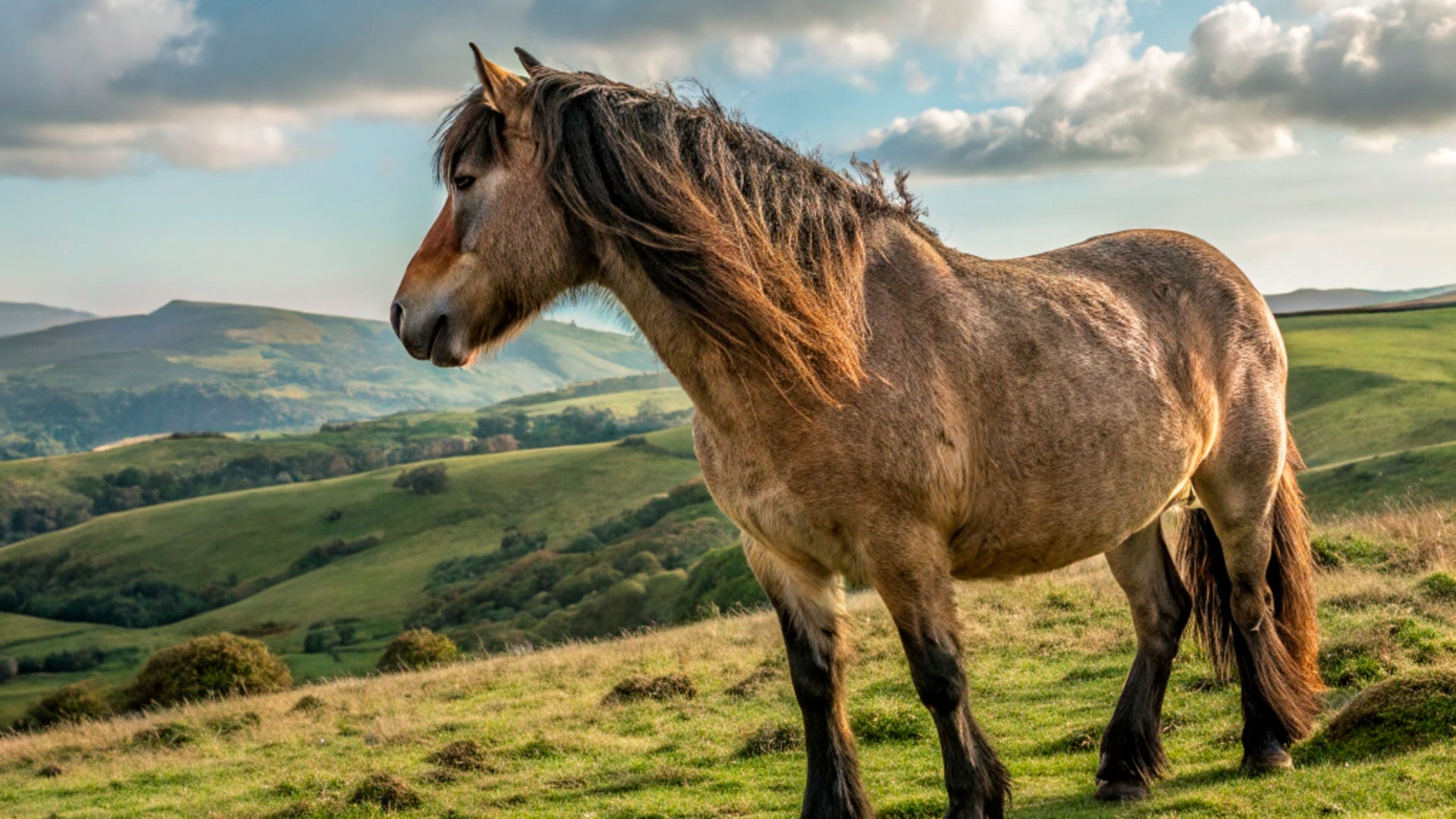
Fillet and bit for horses: differences and types
When we talk about horse bits, one of the most common questions is: What is the difference between a snaffle and a curb? This question is common among riders, especially the less experienced ones, as each has particular characteristics that affect the control and comfort of the horse. In this article, we will clarify these differences and introduce you to the most common types of snaffles and curbs.
Differences between snaffle and curb
The main difference between the snaffle and the curb lies in the number of pressure points and the severity they exert on the horse.
- The snaffle is a softer bit, acting on two points: the corners of the lips and the tongue of the horse.
- The curb, on the other hand, applies pressure on four points: the tongue, the corners of the lips, the jaw, and the palate. Additionally, its design includes shanks that act as a lever, amplifying the pressure exerted by the rider. This lever is often complemented by a curb chain that limits the movement of the shanks, intensifying control.
Due to this difference in severity, the curb is not recommended for inexperienced riders or those with unsteady hands, as improper use can cause pain to the horse.
Types of snaffles
There are several types of snaffles that vary depending on their shape and the level of control they offer. Here are the most common ones:
- Loose ring snaffle: the most basic and gentle. It is used on a wide variety of horses due to its simplicity.
- Eggbutt snaffle: offers a bit more control with fixed, D-shaped rings that prevent pinching the corners of the lips.
- D-ring snaffle: ideal for work that requires turns and straight lines, facilitating control.
- Full cheek snaffle: recommended for young horses, especially in the initial work with reins.
- Gag snaffle: useful for controlling horses that tend to gallop hard, such as jumpers.
- Baucher snaffle: used with four reins, it's excellent for horses with a hard mouth.
- Pessoa snaffle: recommended for strong horses, as it allows for progressive adjustment.
Types of curbs
As for curbs, although there are several versions, the most common are:
- Pelham curb: versatile and used with two or four reins, this curb applies significant pressure due to its leverage effect.
- Dressage curb: used in classical dressage, along with a snaffle, for advanced exercises. It is also handled with four reins.
Which one to choose?
The choice between a snaffle or a curb will depend on the rider's experience level and the type of work to be done with the horse. While the snaffle is a softer and less aggressive option, the curb offers greater control but carries the risk of causing harm if not used properly.
In summary, the snaffle is generally the best option for most horses, while the curb should be reserved for specific situations or more experienced riders.












_v2.svg)
_v2.svg)









_v2.svg)


